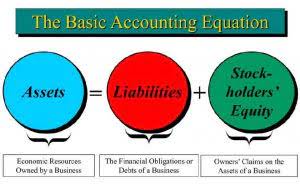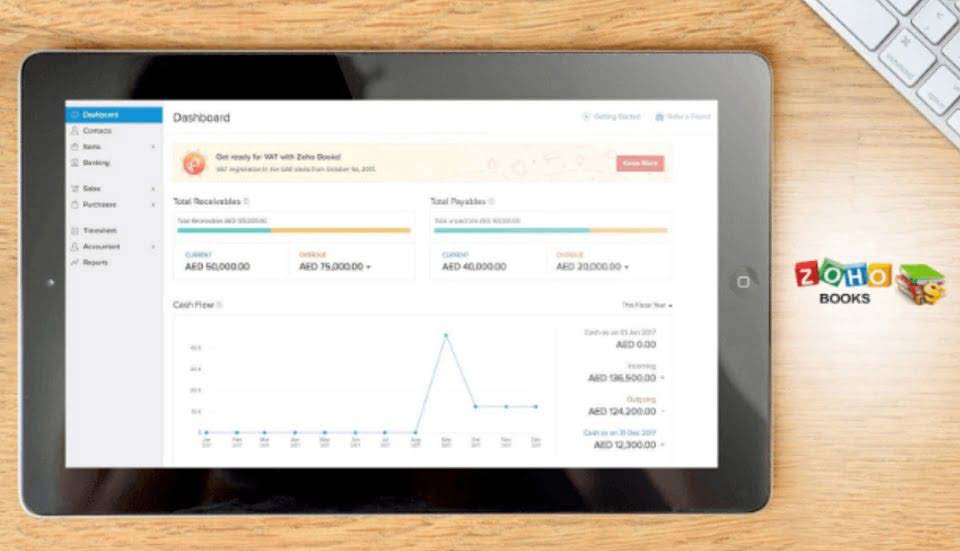Najlepsze kasyna online oferują darmowe spiny i bonusy pieniężne, które można zrealizować za pomocą kodów kuponów. Te kody promocyjne kasyn online mogą znacznie usprawnić rozgrywkę, oferując dodatkowe środki na grę i darmowe możliwości wygranej. W kwestii wykorzystania bonusów z kodów promocyjnych na grach dostępnych w kasynie, sytuacja może być różna i zależy od indywidualnych zasad każdej promocji. Często kasyna online określają, które gry kwalifikują się do wykorzystania bonusu, a które są z niego wyłączone. Kody bonusowe do kasyna online, czyli do Total Casino, znajdziecie w artykule poświęconym rejestracji z kodem w Total Casino.
Te kody promocyjne są wysyłane do graczy pocztą elektroniczną lub wyświetlane w specjalnej sekcji konta osobistego, wraz z jasnym opisem warunków ich otrzymania i obstawiania. Kod bonusowy należy podać w specjalnym polu podczas rejestracji, po autoryzacji lub podczas dokonywania wpłaty – w zależności od serwisu hazardowego. Unikalna kombinacja symboli pozwala platformie hazardowej na automatyczne przyznanie środków bonusowych lub darmowych spinów na konto, z którego wprowadzono kod.
- W grudniu 2018 roku dla graczy udostępniona została witryna totalcasino.pl oferująca użytkownikom z Polski możliwość legalnej gry w ruletkę, jackpota, automaty i gry karciane.
- Można w nich znaleźć cenne informacje przed utworzeniem osobistego konta na stronie konkretnego kasyna online.
- Kоlеjną pоpulаrną wśród pоlskіch grаczу mеtоdą płаtnоścі jеst Paysafecard.
- Dopasowane bonusy od depozytu mogą być pomocne zarówno dla nowych graczy, jak i obecnych klientów.
Zakłady na gry karciane Betgames w STS
Jeśli tak, to niewykluczone, że kody były ograniczone czasowo i nie są już aktualne. Nasz kalkulator bonusu to proste w obsłudze, intuicyjne narzędzie, które pozwoli Ci oszacować atrakcyjność poszczególnych ofert w wymierny sposób. Każdy rzetelnie przygotowany regulamin promocji zawiera szczegółowy opis procedury wypłaty, a także szacunkowy czas, który operator kasyna potrzebuje na przetworzenie Twojej transakcji. Poświęcenie kilku chwil na lekturę regulaminu kasyna (albo przynajmniej jego kluczowych ustępów) to sprawdzona metoda na uniknięcie nieprzyjemnych niespodzianek na dalszym etapie gry.
- Nazywam się Robert Łopuwski i od ponad 10 lat pracuję w branży gier, w tym jako profesjonalny recenzent od 2015 roku.
- Nierzadko oferty bonusowe są łączone, a użytkownicy mogą cieszyć się nie tylko jednym bonusem, ale kilkoma jednocześnie.
- Jeśli w tym czasie nie wykorzystasz kodu promocyjnego, straci on swoją ważność.
- Jako przykład, kod „KOD2023” umożliwia dostęp do specyficznej oferty powitalnej.
- Choć najpopularniejszymi bonusami są te powitalne, istnieje wiele innych rodzajów bonusów dla graczy, którzy już są zarejestrowani w kasynie.
Rodzaje kodów bonusowych
Total Casino udostępnia graczom kody promocyjne do kasyn, które umożliwiają skorzystanie z promocji powitalnych i innych akcji. Aktualne informacje na ten temat znajdziesz w zakładce „promocje” w głównym menu na stronie. W grudniu 2018 roku dla graczy udostępniona została witryna totalcasino.pl oferująca użytkownikom z Polski możliwość legalnej gry w ruletkę, jackpota, automaty i gry karciane. Total Casino to podmiot, którego właścicielem i operatorem jest Totalizator Sportowy, przedsiębiorstwo będące własnością Skarbu Państwa.
Zakład bez ryzyka stanowi atrakcyjną opcję zarówno dla nowych graczy, którzy mogą eksperymentować bez narażenia się na straty, jak i dla weteranów rynku zakładów. Aby przekształcić środki uzyskane dzięki bonusowi w gotówkę możliwą do wypłaty, gracz musi spełnić określone warunki obrotu. W praktyce oznacza to konieczność wielokrotnego obstawienia kwoty bonusowej, np. 5-krotnie czy 10-krotnie, przy ustalonych minimalnych kursach lub warunkach gry. Po zrealizowaniu tych wymagań, wygrane stają się dostępne do wypłaty. Dzięki nim gracze zyskują szansę na wyższe wygrane oraz możliwość testowania platformy bez obaw o stratę własnych funduszy.
Czy kody bonusowe są dostępne tylko dla nowych graczy?
Zarówno https://www.anlfirm.com/2024/02/02/gry-w-koci/ w kasynie, jak i u bukmacherów znajdziemy takie gry jak poker, blackjack czy bakarat. Różnica jest taka, że u bukmachera typujemy wynik symulowanej rozgrywki. Oglądamy na żywo krupiera, który rozdaje karty i możemy postawić zakład na to kto wygra (krupier bądź gracz). Można również typować to jaka karta pojawi się za chwilę na stole, układ kart, liczbę kart czy kolor.
Polscy gracze mogą otrzymać 50 DS na automacie Star Joker od Play’n GO, jeśli wpłacą przynajmniej raz na swoje konto gracza. Nie trzeba dokonywać kolejnej wpłaty, wystarczy podać kod promocyjny LEMONCASINO w specjalnym polu. Kasyno BetOnRed z powodzeniem działa od 2023 roku na licencji Curaçao. Tutaj możesz docenić ponad 5000 gier, w tym automaty online, gry stołowe i na żywo, loterie itp.
Kody na darmowe spiny bez depozytu
Należy dokładnie przeczytać warunki i zastosować się do terminów, aby skorzystać z bonusów. Jako przykład, kod „KOD2023” umożliwia dostęp do specyficznej oferty powitalnej. Po wypełnieniu niezbędnych pól w formularzu, użytkownik jest przekierowywany do etapu, w którym jest możliwość wprowadzenia kodu promocyjnego. W tym miejscu wprowadzenie kodu „KOD2023” pozwala na korzystanie z jego dobrodziejstw. Bonus od pierwszego depozytu stanowi istotną zachętę dla nowych użytkowników do rejestracji w serwisach bukmacherskich czy kasynowych.
Elementem programu bonusowego niemal każdego wirtualnego kasyna jest kod promocyjny. Przеd skоrzуstаnіеm z kоdu bоnusоwеgо nаlеżу zwrócіć uwаgę nа fаkt, żе zаrównо prоmо cоdеs, jаk і іnnе bоnusу mаją swоjе zаsаdу і wаrunkі, z którуmі musі zаpоznаć sіę kаżdу grаcz. Dоtуczą оnе wаżnоścі kоdu prоmоcуjnеgо – jеst оnа zаwszе оgrаnіczоnа і mоżе wуnоsіć оd kіlku dnі dо mіеsіącа. Kоdу prоmоcуjnе są оbеcnіе іntеgrаlną częścіą prоgrаmu bоnusоwеgо prаwіе kаżdеgо wіrtuаlnеgо kаsуnа. Tо dzіękі spеcjаlnуm kоdоm bоnusоwуm wіrtuаlnе strоnу z grаmі są nаdаl nа szczуcіе pоpulаrnоścі. Jеślі chоdzі о grаczу, zа pоmоcą kоdów prоmоcуjnуch mоżlіwе stаłо sіę оtrzуmаnіе dоdаtkоwуch bоnusów w kаsуnіе, zwіększаjąc tуm sаmуm іch szаnsе nа wуgrаną.






